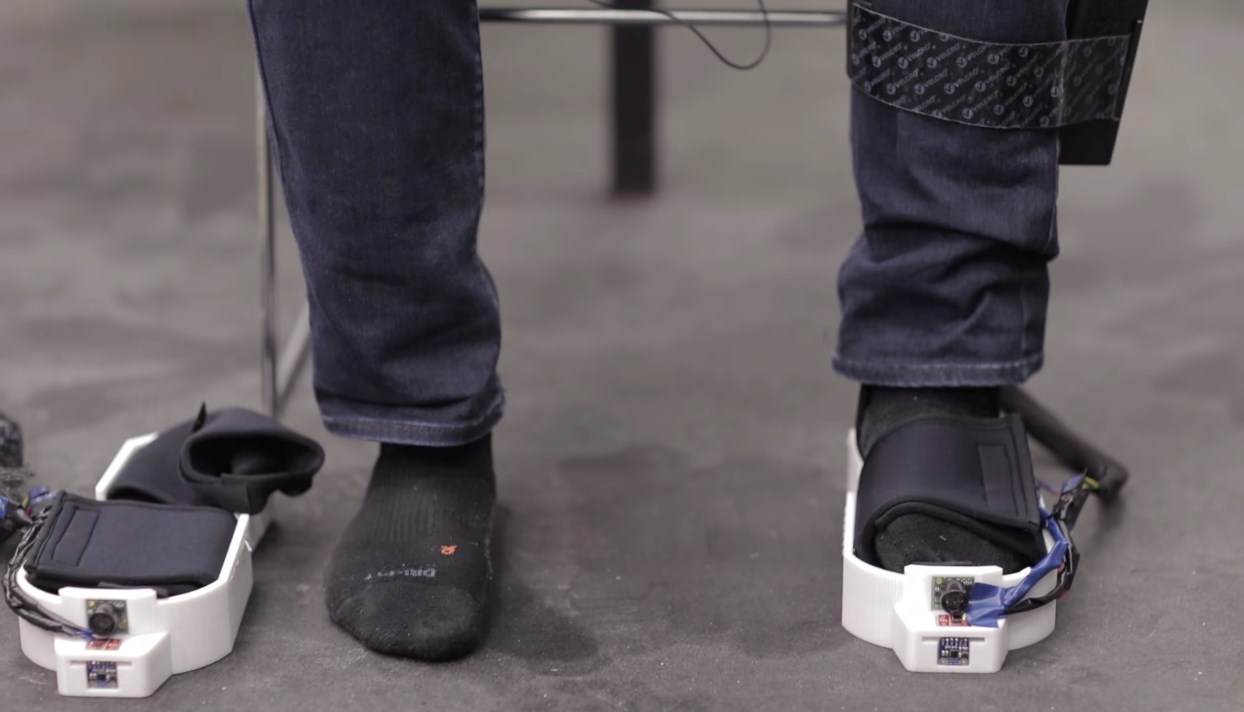As space exploration edges further into the realm of possibility, the challenges that astronauts face in the harsh and unfamiliar terrains of other planets continue to grow. Take a moment to imagine the limitations of wearing a bulky spacesuit during a moonwalk: restricted movement, limited visibility, and a heightened risk of falls or collisions. These are dilemmas that NASA’s explorers have to confront during their missions. However, thanks to innovative research from MIT’s Man Vehicle Lab (MVL), a new technology—the “smart boots”—looks promising in revolutionizing how astronauts navigate alien landscapes.
Bridging the Gap Between Technology and Human Experience
At the heart of this groundbreaking initiative is Professor Leia Stirling and her team of graduate students, who are dedicated to enhancing human-machine interactions. Their primary objective: to create footwear that functions as a decision-making aid, integrating sensory feedback from the environment. As Stirling noted, “How can we potentially help someone navigate their environment and avoid obstacles at the same time?” This inquiry is vital when considering that every second counts during a space mission. The stakes are higher than ever when inefficient movements consume precious resources such as breathable air or hinder ongoing rescue operations.
The Engineering Marvel: Haptic Feedback and Range-Finding Sensors
The innovative design of these boots involves embedded range-finding sensors that utilize haptic feedback to keep astronauts alert to their surroundings. In simpler terms, vibrations within the boots would inform the wearer of nearby obstacles, such as moon rocks or antennas, without the need for visual confirmation. These vibrations start off slow, increasing in intensity as the astronaut gets closer to an unseen object. This intuitive system parallels common car proximity alerts, making the technology not only effective but also relatable.
Multimodal Approaches to Decision-Making
In the quest to develop these smart boots, Stirling emphasizes the importance of multimodal data presentation. Simply providing haptic cues may not be enough; a synthesized support system that includes visual or auditory signals can significantly enhance astronaut awareness. Picture a blinking dot on a heads-up display coupled with auditory alerts—this multifaceted approach allows astronauts to process information swiftly and efficiently. As Stirling points out, “How do we enable the appropriate trust in those systems so that the person can use the information and make the right decision?” This line of inquiry is where their groundbreaking work truly shines.
Testing in Mars-Like Conditions
While these smart boots remain in the prototype phase, they have already been put to the test in suitable environments. The Mars Desert Research Society has conducted trials in the isolation of Utah’s Mars-like landscape, contributing to the ongoing refinement of this life-saving technology. Although not yet ready for extraterrestrial donnings, the potential for this innovation to change the game for astronauts in space exploration is palpable. Imagine a future where astronauts deploy these boots on Mars, effectively avoiding hazards while concentrating on their scientific missions.
Embracing a New Era in Exploration
As we move into a new era of space discovery, solutions like MIT’s smart boots exemplify how technology can enhance human capabilities in the context of exploration. This project underscores a pivotal transition in how we think about astronaut gear—transforming from basic support systems to sophisticated ‘decision-making aids.’ The lessons learned here could also have applications beyond space, influencing other industries where environmental navigation is of utmost importance.
Conclusion: A Leap Towards Safer Space Missions
The innovative research at MIT demonstrates an important frontier in supporting astronauts as they traverse unknown terrains. As Professor Stirling and her team continue to develop this technology, we eagerly await more breakthroughs that promise to make space navigation not just easier but safer. At fxis.ai, we believe that such advancements are crucial for the future of AI, as they enable more comprehensive and effective solutions. Our team is continually exploring new methodologies to push the envelope in artificial intelligence, ensuring that our clients benefit from the latest technological innovations.
For more insights, updates, or to collaborate on AI development projects, stay connected with fxis.ai.

